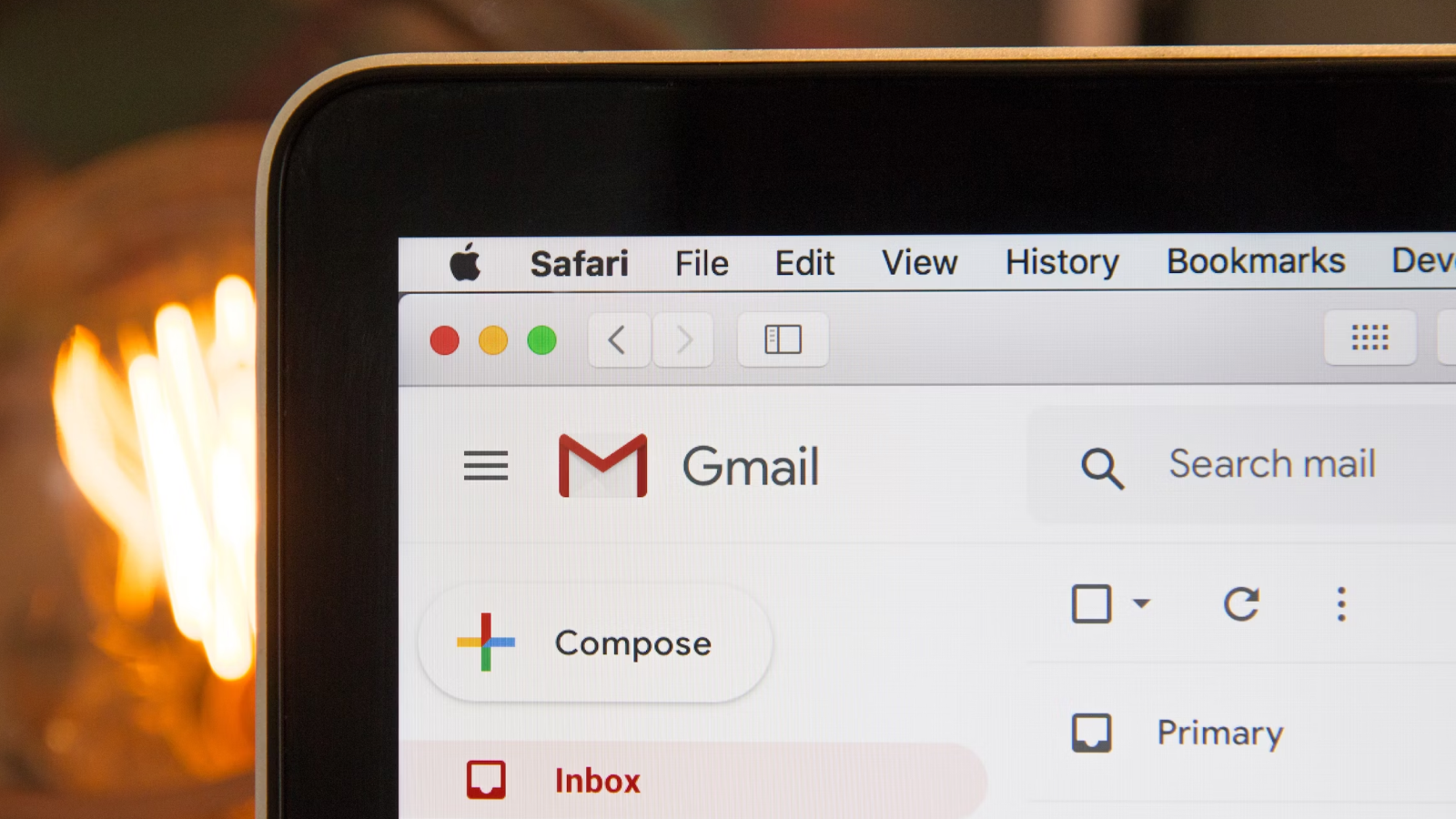Remember the social platform called MySpace? (Fun coding times)
What about Vine? (This app was a bit ahead of its time then)
Anyone try Google+? (I thought it was cool)
There are a crazy amount of online communities and apps being developed on a daily basis, and equally there are those that are fading out. As marketers we follow the trends and promote and advertise on these channels. This is a good thing to do until the trend fades away and audiences don’t live there anymore. Needless to say marketing is a fast-pace landscape to keep up with on the technology side.
But there is one channel that seems to never fade away, and it started the earliest of them all. According to Statista, we receive on average 120 messages here daily and send around 40, and this is expected to increase in the coming years. I would venture to say that this channel is why mobile phones became popular (It’s why my first phone was a BlackBerry. Messages right at your fingertips, too good to be true!)
Can you guess it?—Email!
Yes, good old email still remains to be unshaken since 1972. You likely receive a lot of daily email that are strictly promotional or advertising-based. The reason for this is because this type of marketing works. According to Statista and marketing platforms such as HubSpot, for every $1 invested in email marketing, there is an ROI of $36. Not too bad! This is because email marketing allows businesses to reach a large audience with minimal cost and effort, while also allowing for highly targeted messaging and personalization.

When it comes to marketing, it’s important to have a strong online presence and to connect with potential customers through effective lead generation and email marketing campaigns. —Time out. Let’s clarify some jargon:
Lead Generators
Lead generators is a tactic used to attract and capture the contact information of potential customers, with the goal of converting them into actual customers. These can take many forms, such as landing pages, pop-up forms, gated content, and more.
The importance of lead generators lies in their ability to help businesses build a database of potential customers who have already shown an interest in their product or service—this is key: they’ve already shown an interest. This database can then be used for targeted email marketing campaigns, which have been proven to be highly effective in converting leads into paying customers.
Email Marketing Campaigns
Email marketing campaigns are a targeted series of emails sent to achieve specific marketing goals, such as promoting a new product, sale, or delivering valuable content. These campaigns can be automated by sequences and require careful planning and analysis to ensure they are effective.
It’s important to optimize emails for personalization, deliverability and compliance (an article for another time). A campaign commonly falls into two types: a nurturing campaign or sales campaign; both of which have specific goals but work together to help your marketing sales funnel.
“Email marketing is about creating a relationship with your audience by providing value, not just selling your product or service.”
Amy Porterfield, author and online marketing expert
What Makes a Great Lead Generator and Email Campaign?
While it is a bit of a science, you still need to test to see what lead generators and email campaigns work best with your audience. There are many metrics available to evaluate this. But here are some tips to making a valuable lead generator and successful email campaign:
- Deliver a value that solves a problem. Customers tend to buy external solutions to solve internal problems. You want to understand your audience and what problems they’re facing. They’re not going to connect with your brand unless it proves you understand them.
- Make your emails scannable. Many people will say that people don’t read anymore. If something is not perceived as being of value to the reader, they won’t read. This is why branding is important. It is true, however, that users will scan more than read word-for-word; so make your messages digestible. Give it the mobile-read test and do a few second scan-read on your phone. Use headings, bullet points, imagery and white space to ease the information overload and group content into small sections. Design can make or break your email presentation, so it’s imperative you get this right.
- Make messaging personal. Write in such a way that it sounds like a human is talking to your reader. Have personality and voice. Be friendly, inviting and relatable. Stay away from dry, encyclopedia-style writing. Have content that your reader actually wants to engage in, like how a book can absorb you into its story. Ask yourself, “Would I want to read this myself?”
In Summary—And Find Out How to Learn More!
This article hardly taps the surface about lead generators and email campaigns, but hopefully it provides some context and understanding as to why you should be paying attention to email marketing as part of your strategy. Start paying attention to what hits your inbox. What works? What doesn’t?
If you’re really interested in learning more about this stuff, consider joining the waitlist to Study Hall by BrandRoots, an on-demand library of resources to learn practical foundations of creative work, so you can become a current and well-rounded professional. Scheduled to launch this spring, I’ll be teaching the basics of email marketing, which is all you need to get started. I hope to see you there!

